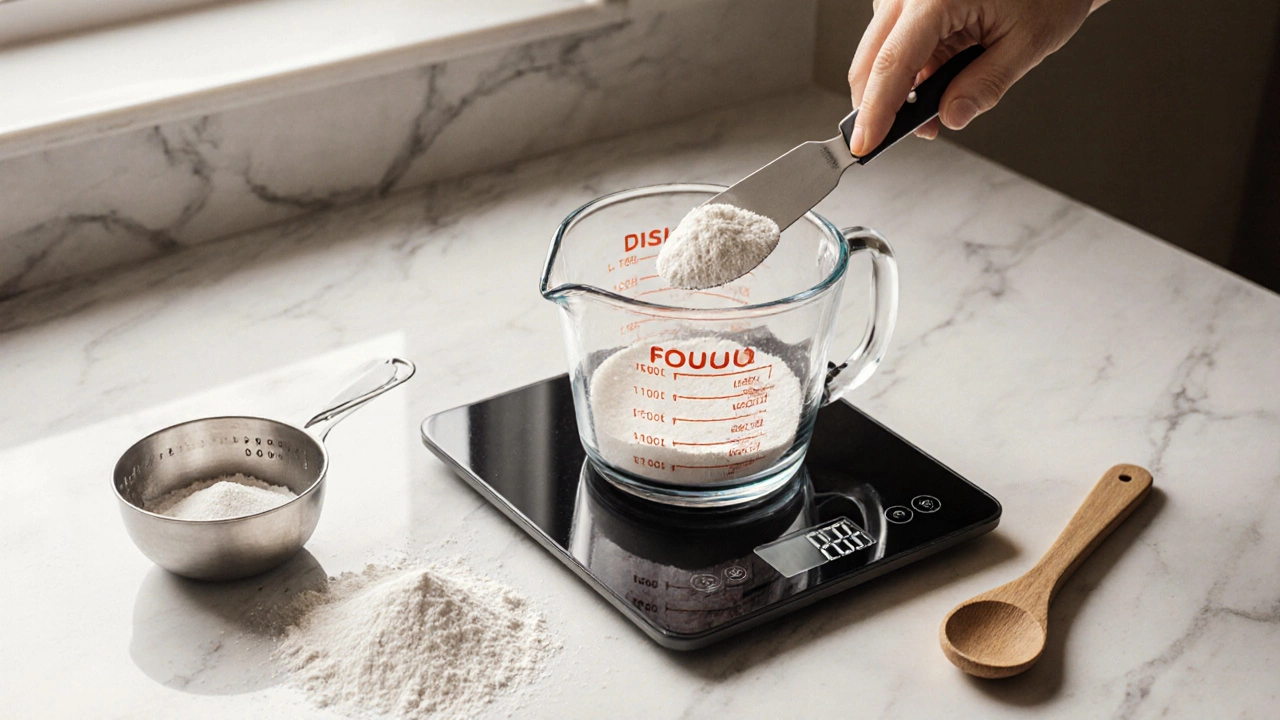
Cookie Sugar Ratio Calculator
The right balance of white and brown sugar creates the perfect texture for your cookies. White sugar promotes spreading and crisp edges, while brown sugar keeps them moist and chewy.
Recommended ratio: 100g white sugar to 150g brown sugar for classic chewy cookies with caramel notes.
Ever pull a batch of cookies out of the oven only to find they’re flat, too crisp, or just plain bland? You’re not alone. The difference between a good cookie and a great one often comes down to a few small habits you adopt before the first stir of dough. Below are four practical tips that any home baker can follow to consistently hit the sweet spot.
1. Measure Your Flour Accurately
Flour is the backbone of cookie structure. Too much makes the cookies dense, while too little leads to spreading. The best way to avoid guesswork is to spoon the flour into your measuring cup and level it off with a knife, or even better, use a kitchen scale. A typical chocolate chip cookie recipe calls for about 225g (2cups) of all‑purpose flour. When you weigh it, you’ll see the same weight every time, regardless of how tightly you pack the cup. This consistency means the gluten network forms just right, giving you that tender‑chewy bite you love.
2. Cream Butter Properly - Not Too Soft, Not Too Cold
Butter provides flavor and helps trap air during the creaming stage. If it’s melted, the cookie will spread excessively; if it’s too cold, you won’t incorporate enough air, resulting in a dense texture. Aim for butter that’s just soft enough to leave an indent when you press it with a fingertip. Use a handheld mixer on medium speed for about 2-3 minutes until the mixture looks light and fluffy. This step creates tiny air pockets that expand in the oven, lifting the cookie slightly and giving it a tender crumb.
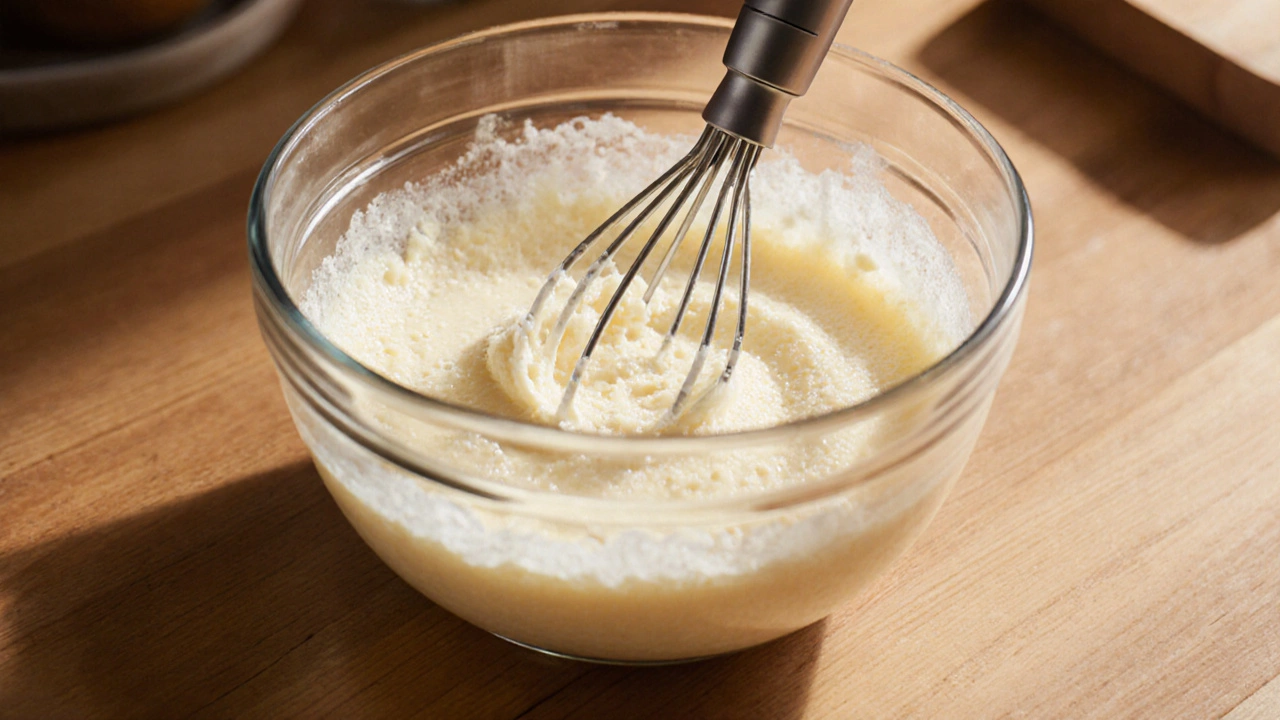
3. Balance Your Sugars for Flavor and Texture
Sugar does double duty-it sweetens and influences spread. White sugar melts quickly, encouraging spreading, while brown sugar retains moisture for chewiness. A common ratio is 100g (½cup) of white sugar to 150g (¾cup) of packed brown sugar. This combination delivers a caramel‑like depth and keeps the interior soft. If you prefer a crisp edge, increase the white sugar slightly; for a softer center, boost the brown sugar. Remember, the sugar type you choose shapes the final mouthfeel as much as the flavor.
4. Control Oven Temperature and Baking Surface
Oven temperature is the silent driver of cookie success. Most recipes call for 175°C (350°F), but every oven can vary by up to 25°C. Use an oven thermometer to verify the actual temperature, and adjust the dial accordingly. Also, consider the baking surface: a light-colored baking sheet reflects heat, slowing spread, whereas a dark sheet absorbs heat and can cause quicker browning. If you like a uniformly golden edge, line the sheet with parchment paper and rotate halfway through the bake.
Bonus: Chill the Dough for Better Shape
While not part of the core four, chilling the dough for at least 30minutes can make a huge difference. Cold dough spreads less, allowing you to achieve a taller, puffier cookie. It also lets the flour fully hydrate, enhancing texture. If you’re short on time, a quick 10‑minute chill in the freezer works too-just watch for over‑hardening.
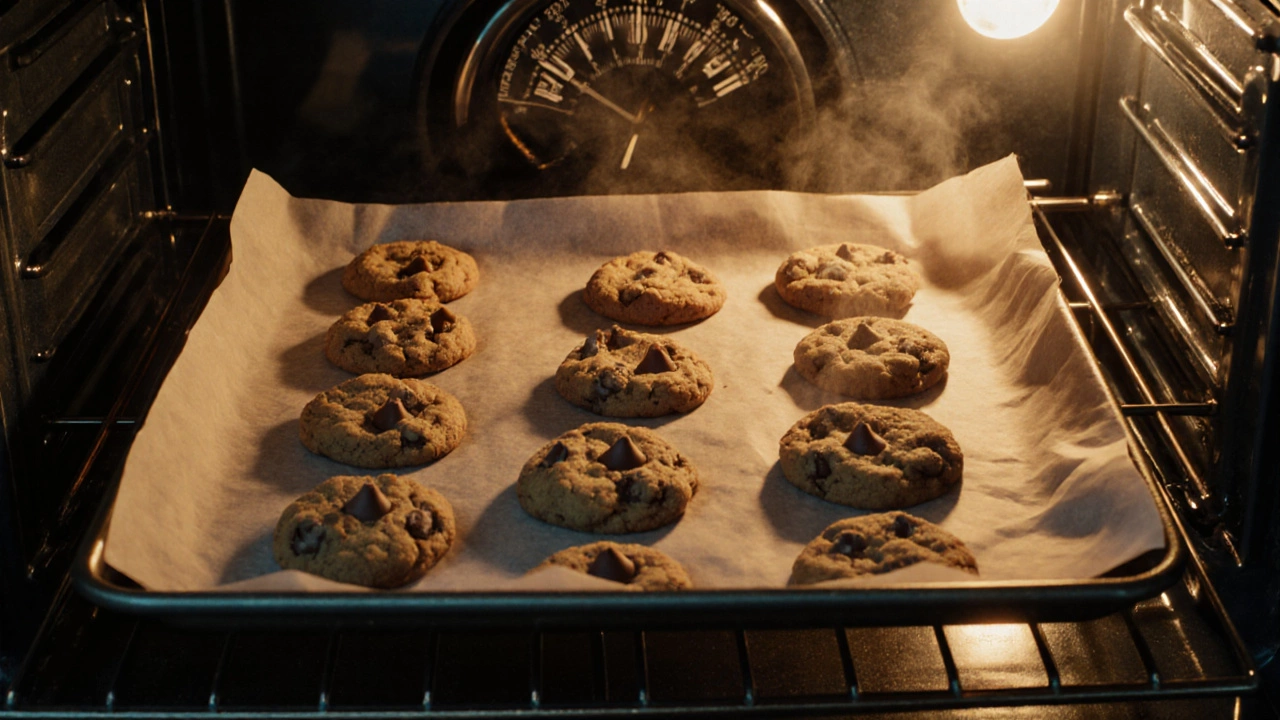
Common Mistakes to Watch Out For
- Skipping the teaspoon‑level measurement of leavening agents like baking soda, which can cause uneven rise.
- Over‑mixing the dough after adding flour, which develops too much gluten and makes cookies tough.
- Using a straight‑up heat oven instead of a convection setting; the latter circulates hot air and can bake more evenly.
Quick Checklist Before You Bake
- Weigh or properly scoop flour.
- Soften butter to the right consistency; avoid melted butter.
- Combine white and brown sugars in the recommended ratio.
- Pre‑heat the oven and verify temperature with a thermometer.
- Line a light‑colored baking sheet with parchment.
- Optional: Chill dough for 30 minutes.
- Scoop uniformly sized portions (about 2tbsp) for even baking.
Frequently Asked Questions
Can I substitute whole‑wheat flour for all‑purpose flour?
Yes, but use about 10‑15% less whole‑wheat flour because it absorbs more liquid. You may also need to add a bit more butter to keep the cookie tender.
What’s the best way to keep cookies soft after baking?
Store them in an airtight container with a slice of bread. The bread releases moisture, keeping the cookies soft for several days.
Should I use a convection oven or a conventional one?
Convection ovens bake more evenly and can reduce temperature by about 10°C. If you switch, lower the recipe temperature and keep an eye on the first batch.
How many minutes should I bake the cookies?
Typically 10‑12minutes at 175°C, but start checking at 9minutes. When the edges turn golden and the centers look set but still soft, they’re ready.
Can I add nuts or dried fruit instead of chocolate chips?
Absolutely. Keep the same volume (about 150g) of nuts or fruit. Toast nuts lightly beforehand for extra flavor.


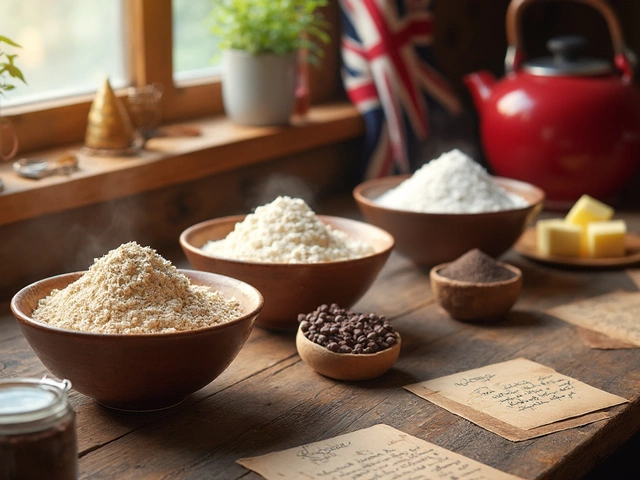

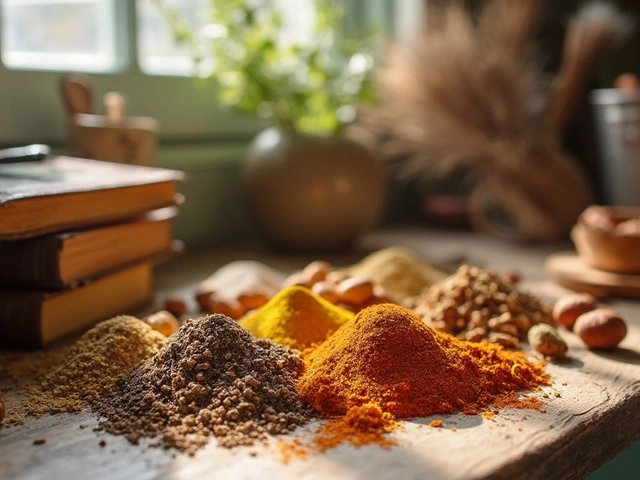

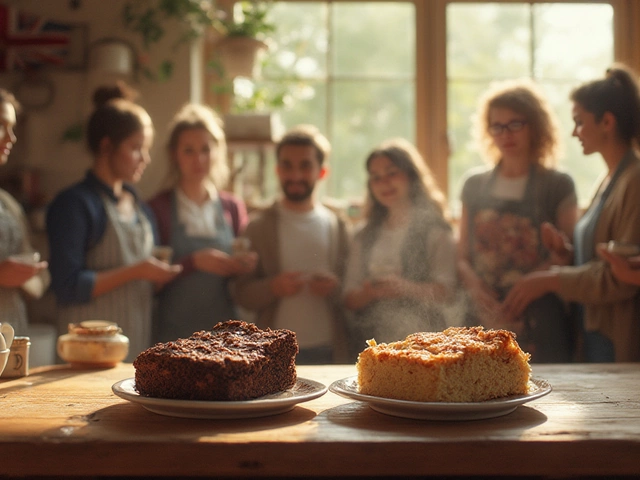

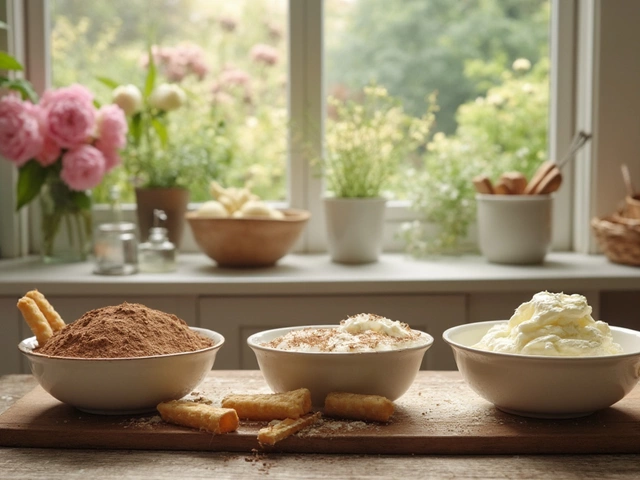

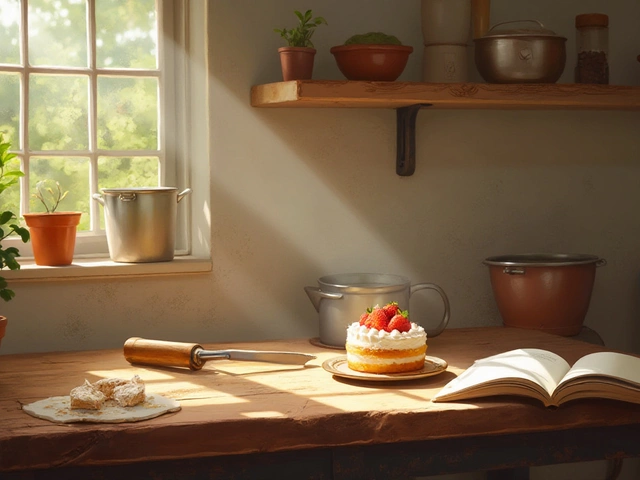

Write a comment